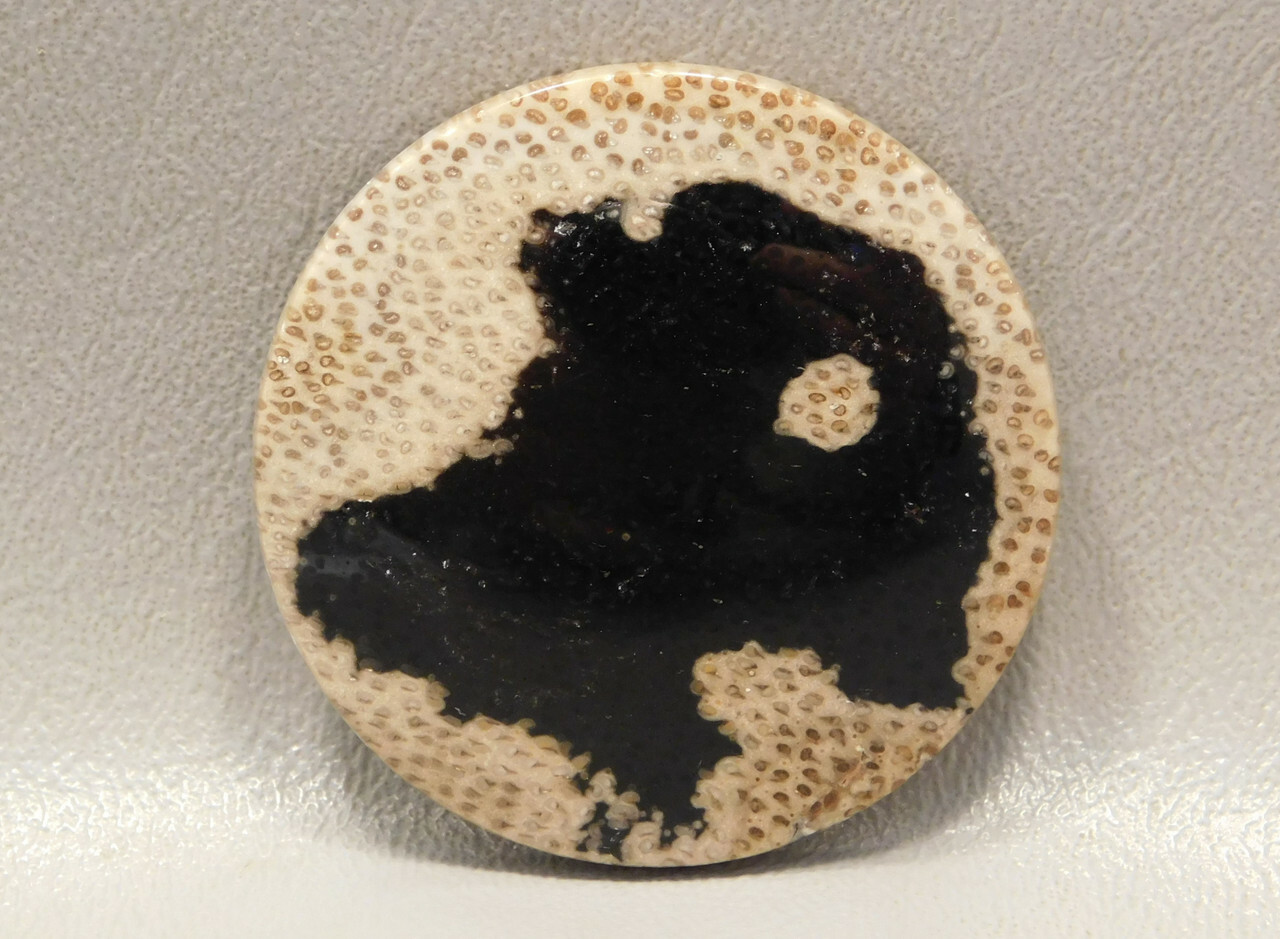Louisiana Rocks and Minerals
Louisiana is not known as a great place to find rocks and minerals.
It is completely made up of sedimentary rocks. There are no outcrops of metamorphic or igneous rocks,
Much of Louisiana has been built by the Mississippi River from mud and sand carried down from the north. On the west side of the river lie areas of low hills and plains becoming marshes to the south. There are agate-bearing gravel deposits in these hills, 20 to 45 miles west of the river, and petrified wood near Alexandria. No gem materials have been found south of the east-west through Baton Rouge. The east side of the river is low flood plain.
The most well-known Louisiana gemstone material is the Oligocene-age petrified palm wood that is found in the Catahoula Formation on the Gulf Coast along the Louisiana-Texas border. The genus Palmoxylon, was named as the state fossil of Louisiana in 1976.
The best places to rockhound in Louisiana are in stream and river gravels, particularly those of the Ouachita River near Monroe and the Amite River near Baton Rouge, where you can may find pretty agates or jaspers. Louisiana named Agate as its official state rock in 2000.
You may also find fossils, like brachiopods, crinoids, and corals in Louisiana in stream beds and river gravels, particularly near the Tunica Hills Wildlife Area, Atchafalaya River Basin and the Clark Creek Natural Area. Shark teeth have been found in Rocky Creek and at Grand Isle. The most famous fossil sites in Louisiana are Creola Bluff at Montgomery Landing Site in Grant Parish, Louisiana and the Cane River Site, Natchitoches Parish, Louisiana. The Montgomery Landing Site was the site of a large whale skeleton discovery in 1979. The Cane River Site is a low road-side cut made doing the construction of Interstate Highway 49 near Natchitoches, Louisiana. About 150 different species of marine invertebrate and vertebrate fossil have been found at this site.
Before venturing out-do some research on where and what you can collect. Remember you must have permission to collect on private property.
See my page on Rockhounding Rules for general information on the rules of collecting rocks on various lands.
 US Dollar
US Dollar
 Australian Dollar
Australian Dollar
 Euro
Euro
 CAD
CAD

